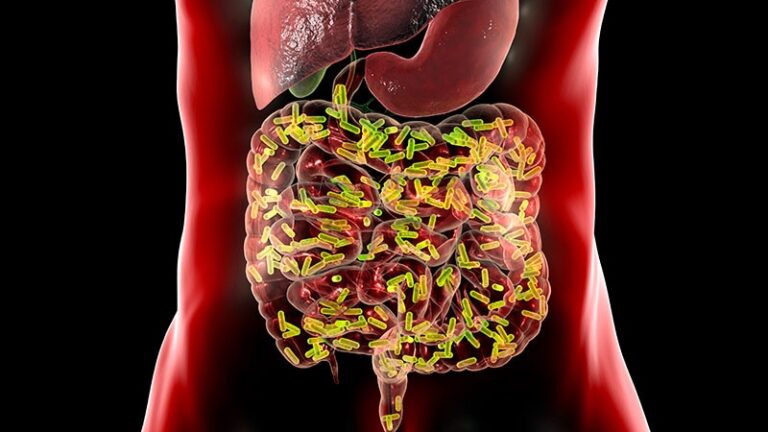More than half of the cells in the human body are not human, but microorganisms. Each microorganism produces its own molecules or metabolites, and studying them is critical to understanding the role of the microbiome in health and disease.
But with literally trillions of microorganisms and metabolites floating around, how do we know which microorganism made which molecule? How do we know where it comes from?
Thanks to researchers at the University of California, San Diego, answering these questions is now much easier. As reported in natural microbiology This month, they developed a public search tool that matches microorganisms and the metabolites they produce within seconds.
No other tool like this exists, researchers say, and it could be crucial in advancing medicine and microbiome-based treatments.
“For the past several centuries, we have focused on host-derived molecules,” says study author Peter Dorestein, Ph.D., professor of pharmacology at UCSD. “So we have a fairly rich inventory of host-derived or human-derived molecules, but a fairly poor inventory of microbial-produced molecules.”
Developed from 100 million data points crowdsourced from scientists around the world, the tool (called microbeMASST) searches a database of 60,000 microbial metabolites. Scientists can take complex samples such as plasma, tissue, or feces and, based on data signatures of molecules present in the sample, determine which microorganisms made those molecules.
“This is powerful,” said Dr. Eric B. Taylor, associate professor of molecular physiology and biophysics at Carver College of Medicine in Iowa. (Taylor was not involved in the study.) “This has the potential to advance medicine by uncovering new microbiological mechanisms of health and disease that can be therapeutically modulated.” It can affect many diseases “from non-alcoholic fatty liver disease to Alzheimer's disease, diabetes and inflammatory bowel disease.”
How the tool works
Molecules produced by microorganisms may be involved in communication (signal transduction), nutrient and drug metabolism, and regulation of inflammation, among other things. They can affect the local habitat they inhabit or they can migrate. For example, research has shown that molecules in your gut microbes can affect your brain.
The study of these metabolites is known as metabolomics.
“The type of metabolomics we use is essentially a fancy scale. We weigh all the molecules that are present in the sample, and from there we can start inferring and understanding the structure,” says Dore. Stein said.
That “luxury scale” is tandem mass spectrometry, an analytical technique used to separate and measure the weight of molecules.
To use the search tool, researchers can enter this mass spectrometry data. This data tells the computer the signatures, or markers, of every molecule in the sample. “You can think of it as a barcode that connects to a specific molecule,” Dorestein says. The search tool then identifies microorganisms that can produce the molecules present in the data.
To test the tool, the team used samples from human organs to search for molecules. After identifying the origins of the microbes, the researchers used publicly available data to trace their origin. “For example, there were hundreds of molecules found in the brain,” Dorestein said. This finding points to an “exchange of metabolites from the gut to the brain.”
what's next
This project is part of the National Institutes of Health's effort to build the Collaborative Center for Microbial Metabolites, an international repository of microbial metabolites and their functions.
The data includes not only humans and animals, but also plants, soil, oceans, and lake microorganisms. Therefore, although the focus of this research is on human health, it may also be useful for understanding other ecosystems.
By cross-referencing the results with genomic data, the tool could also be used to help identify which microbial genes produce particular metabolites, Taylor added.
Next, researchers plan to combine microbeMASST with data on the effects of drugs, medical conditions, dietary interventions, and age on the microbiome, Dorrestein said.


